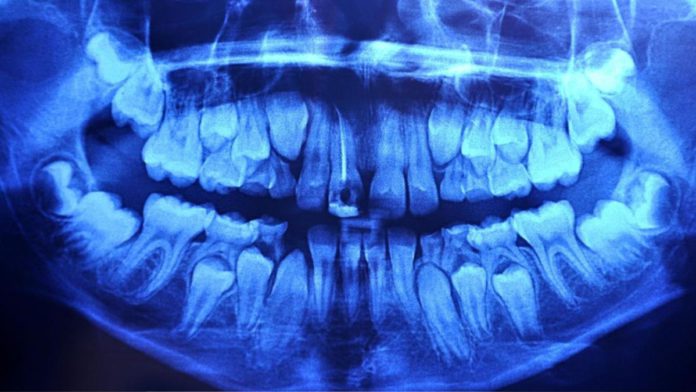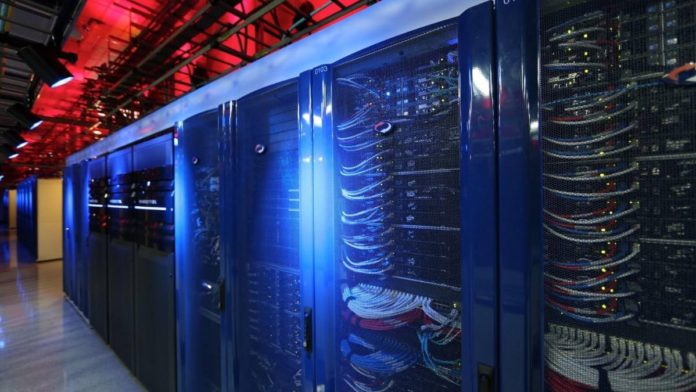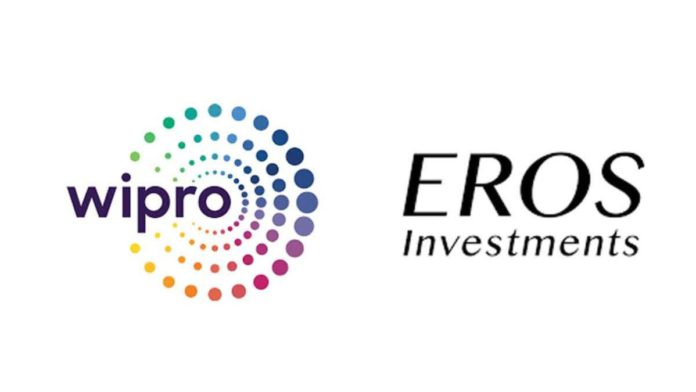YogiFi, an intelligent yoga mat producer, launched the sec-gen line of its AI-enabled mats. YogiFi Gen 2 and YogiFi Gen 2 are upgraded versions of its first-gen mats to offer a more integrated experience.
The smart mats offer support for enhanced posture tracking, real-time suggestions, stepwise instructions, and feedback. In the sec-gen mats, YogiFi has introduced research-backed therapy programs as well. These programs can be availed for issues like hypertension and diabetes. The programs also aid in relieving stress, moderating blood pressure, managing metabolism, attaining emotional stability, and many other physiological and psychological functions.
The company provides a particular mobile application for the users to track their progress. The sec-gen mats come with a redesigned user interface for a better experience. The app tracks daily workouts and refers to workout routines based on the purpose.
Read More: Ai-Da, Ultra-realistic Humanoid Robot Artist Portraits at Glastonbury Festival
Subscription: The mats also offer interactive sessions, consultation, and live support from nutrition experts, instructors, and therapists. However, the live sessions require subscriptions to their therapy programs. This subscription costs differently for YogiFi 2 and YogiFi 2 Pro. The Pro version costs ₹24,999 and comes with a few more advanced features compared to the introductory YogiFi 2, which costs ₹14,999. It has a dedicated android tablet, a charging cable, and a tablet stand.
A subscription also enables the user to have 1-1 connection with a coach, access to the reports, and monthly live guiding sessions. People can directly book the mat and a corresponding subscription from the YogiFi website.











